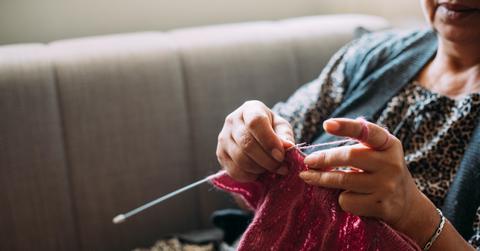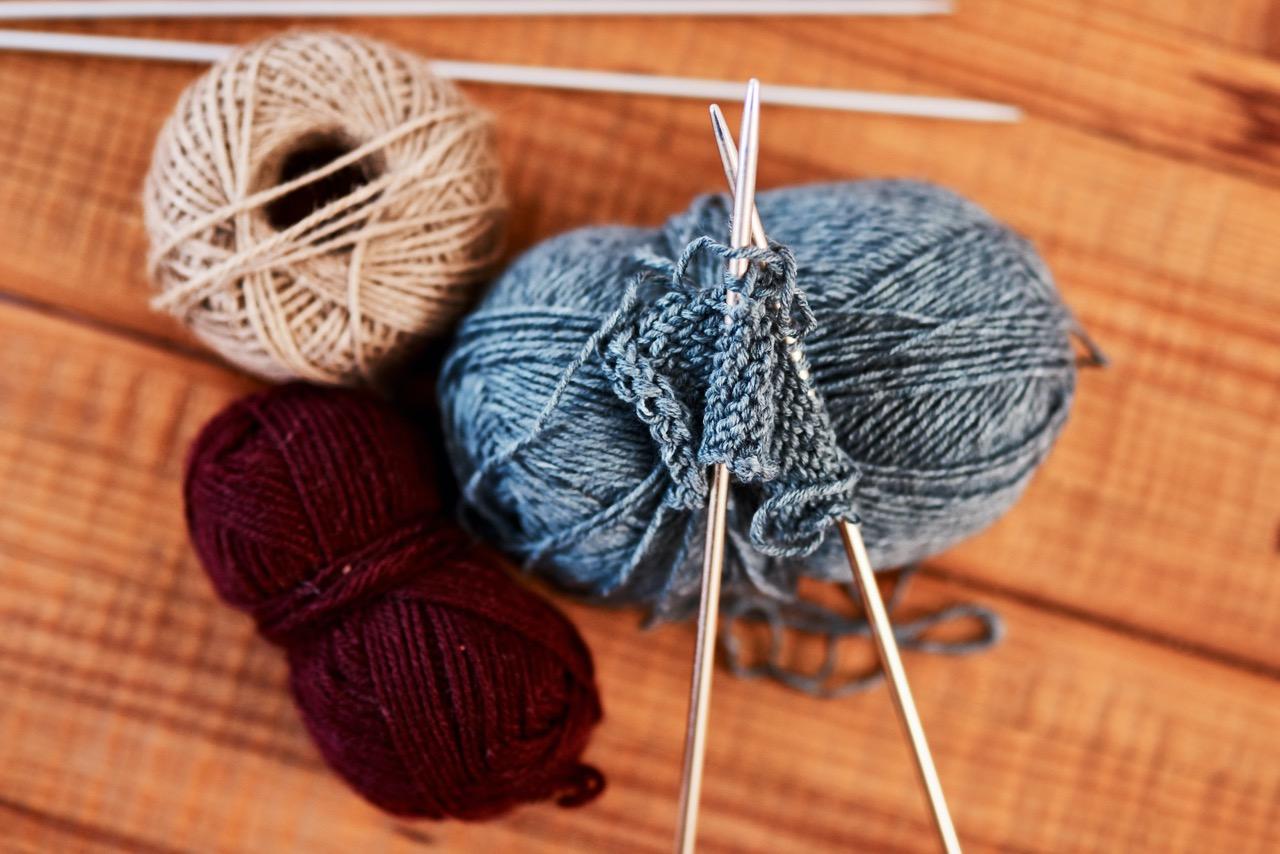How to Increase a Stitch in Knitting: 5 Easy Methods for Complete Beginners
Published Jan. 30 2024, 3:13 p.m. ET

Learning how to increase a stitch in knitting is essential if you want to expand your project opportunities as a craftsperson. This technique will drastically enhance the appearance of your work.
Keep reading to learn what an increase is and its purpose, as well as five different methods commonly used within the knitting community.
What is an increase in knitting?

In knitting, an increase is when more stitches are added to a project. Typically, these additions will alter the project, giving it a new shape or appearance, according to We Are Knitters.
In some cases, a visible increase is desired — for example, someone might want to insert an increase to create a lace or eyelet effect. However, an invisible increase might be utilized more for projects like clothing, as it will give shape to the garment.
There are plenty of ways to make increases while knitting, but some are more popular than others. It’s best to use whatever method suits your skill level and makes the most sense.
Method 1: Yarn over
Yarn over is one of the most beginner-friendly increase methods. Not only is it simple, but it also creates great results.
Grab your yarn and wrap it counterclockwise around your right knitting needle to try it. Hold the yarn in place while you insert the same needle into the following stitch. Finish the increase by creating a regular stitch. Be careful, though — plenty of new knitters accidentally include the stitch after the yarnover, according to Nimble Needles.
Method 2: Make one
The make one increase, also found in written patterns as “m1,” is another easy method for those new to the craft. This technique will look similar to yarnover, but it will be knitted tighter.
Begin by pulling the pair of knitting needles away from each other. Then, use your finger to move the middle strand of yarn to the left needle and insert it through the newly made loop. Take the yarn, wrap it counterclockwise around the needle, and pull through.
Method 3: Backward loop increase
The backward loop increase utilizes the working yarn rather than pulling from the middle strand. It’s not invisible or seamless, but it’s versatile and can come in handy.
To start this increase, wrap your working yarn clockwise around your left thumb. Move your right needle under the yarn, take your thumb out of the loop, and pull the strand tight.
Method 4: Stacked increase
To add a lot of stitches in the middle of a row, try the stacked increase. Begin by making a triple increase into a single stitch. Next, move back two stitches and insert another triple increase. From here, you just have to continue the process!
Method 5: Knit front and back
Many beginners use the knit front and back (kfb) increase for its simplicity. Start making a regular stitch for this method, but don’t move it to the right needle yet. Take your needle and push it through the back loop of that same stitch, moving from right to left. To finish the increase, wrap the yarn counter-clockwise around the needle and pull it through.